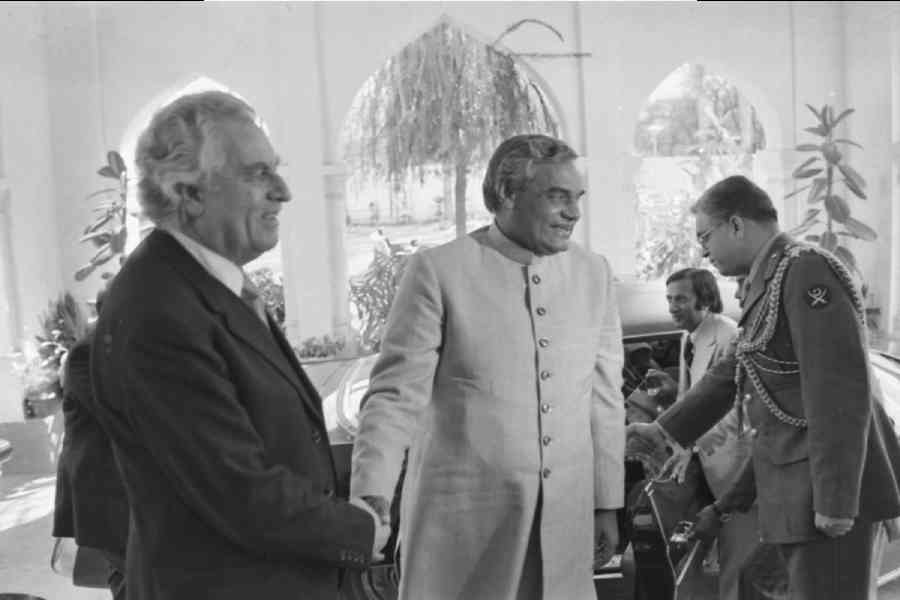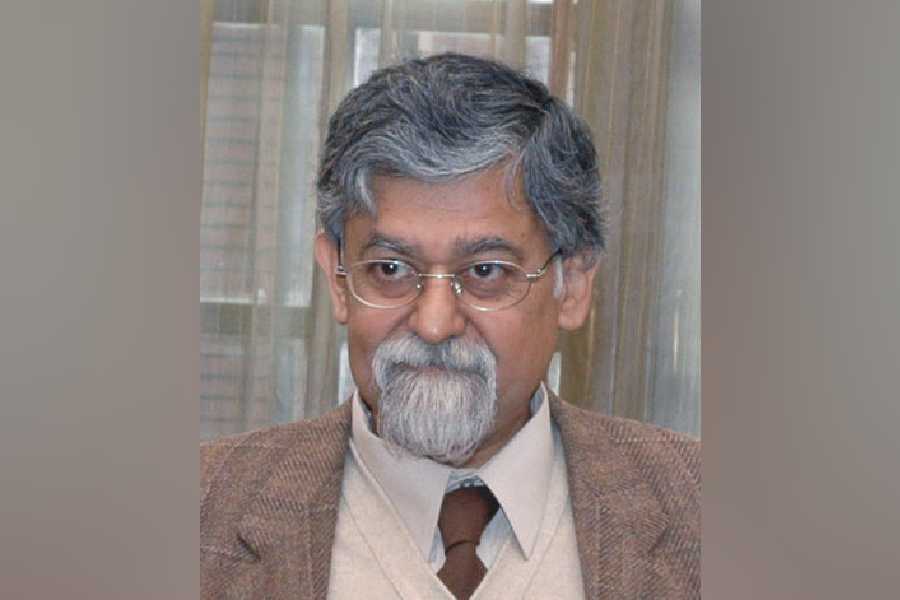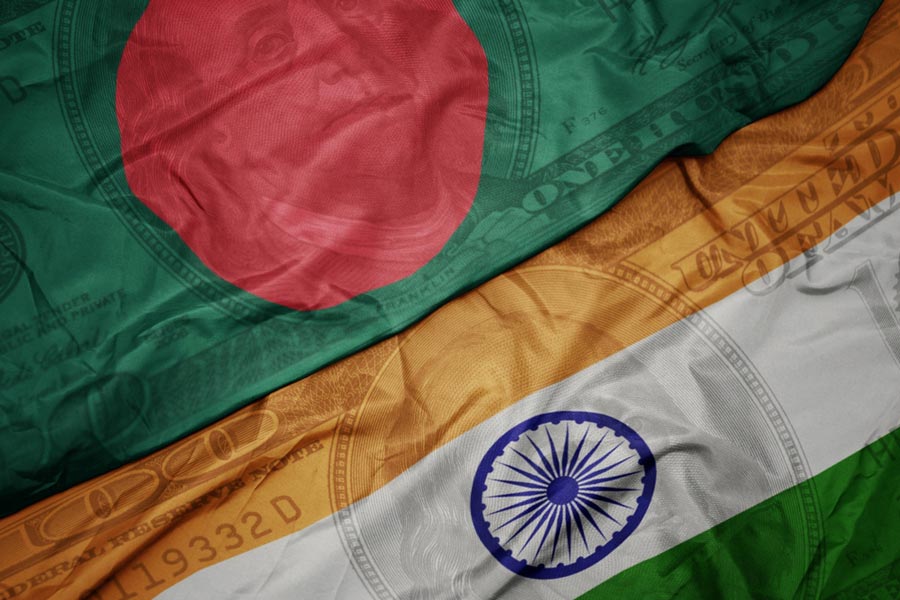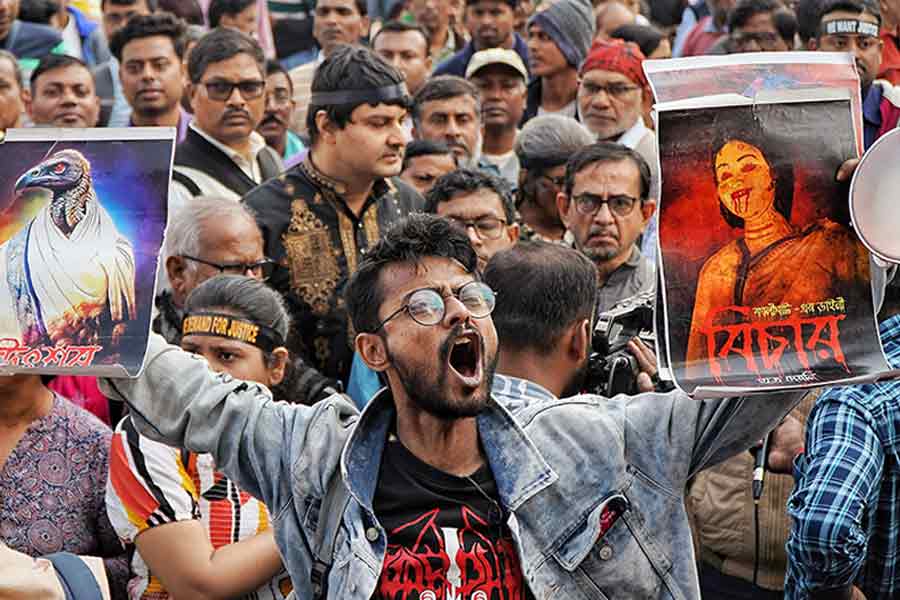In January 2006, one of my hosts in Mirpur in Pakistan-administered Kashmir, told me that the then Pakistani president, Pervez Musharraf, had little over a year to sign a deal with India. He was alluding to the ongoing peace process between the two countries that was initiated by the former prime minister, A.B. Vajpayee, and sustained and concretised by Manmohan Singh. My host proved prophetic as the lawyers’ movement in Pakistan and the Mumbai terrorist attack in 2008 made it impossible for the deal to be stitched.
After the recent release of the memoir of the former ambassador and special envoy to Prime Minister Singh, the late S.K. Lambah, there has been resurgence of the public discourse to revive the peace process. To better understand the present salience of the draft agreements between the two sides — they were never signed — one has to revisit the confidence-building measures and also the larger context in which peace looked possible between the two nuclear-armed countries.
At the core of the 2003-07 peace process were the CBMs — namely, the 2005-initiated cross-LoC movement of civilians and the cross-LoC trade that started in 2008. Between 2008 and 2019, Rs 7500 crore worth of trade was reportedly recorded along the two LoC points earmarked for trade. At first go, it was not hard to find out the reasons for the limited potential of this CBM. Pakistan-administered Kashmir, which is nearly one-third in population as compared to Jammu and Kashmir, lacks an agricultural base on account of the hilly topography and has a nascent industrial base. The region is primarily a remittance economy as over 70% of British Pakistanis have a direct or an indirect connection with the Pothwari-speaking Pakistan-controlled Kashmir, particularly Mirpur and the adjoining, linguistically akin areas like Rawalpindi,Jhelum or the Gujrat areas of Pakistani Punjab.
On the CBM of cross-LoC movement of civilians that is restricted to divided families, there is a need for introspection. The third-and-fourth-generation descendants of Hindus and Sikhs, who had come from Pakistan-controlled Kashmir and are now living in various parts of India, don’t fulfil the criterion for cross-LoC movement. Nearly all of the migration of this group took place in 1947. Most of the Muslim migration in J&K took place from its southern part, that too adjoining Pakistan’s Punjab. According to the 1948 West Punjab Refugees Census, the number of Muslims who migrated from J&K — most of them from Jammu — was 2,02,600, the highest outside east Punjab. Muslims mostly settled in Sialkot and Lahore, although a number of families settled in other Punjabi cities such as Gujranwala and Faisalabad as well. The number of persons in Pakistan’s Punjab, including the succeeding generations of the 1947 migrants who have a linkage with J&K, is estimated to be at least 1.5 million. Like the Hindus and Sikhs who migrated from Pakistan-administered Kashmir, the interest of these families is limited to a desire to visit ancestral places.
More important is the change in the overall context. First, in the last 30 years, no peace initiative with Pakistan has been a risk-free endeavour for any Indian political elite because of the possibility of an impending terrorist attack. For the current Indian political elite, which professes a strong position on security and claims that the previous dispensations were weak, the potential political risk is perceptively higher. In the aftermath of the 2016 Pathankot and the 2019 Pulwama terrorist attacks, the national security advisor, Ajit Doval, remains the focal point of engagement with Pakistan and this track offers plausible deniability to the political elite for any type of engagement. In contrast, Vajpayee was willing to take the political risk of a possible grand conciliation whereas Singh preferred a more institutional approach.
Second, given the past experience, no person in power in Pakistan can dare to challenge the Kashmir-centric jihadi infrastructure. Musharraf was the target of several attacks by Kashmir-based terrorist outfits as he engaged with Vajpayee and Singh. In 2003, nearly a year after the group was banned, Jaish-e-Mohammad made an unsuccessful bid to assassinate him for which it recruited a resident of Rawalakot, in Pakistan-administered Kashmir. In 2004, Indian intelligence agencies reportedly tipped off the Inter-Services Intelligence about the plan to attack the Pakistani president and it was foiled. In the same period, there were several attacks in Pakistani Punjab as Kashmir-centric and Taliban-related terrorist networks coalesced. Within present-day Pakistan, in addition to the skewed and complicated nature of the military-civilian relationship, polarisation has widened and enhanced political turbulence prevails.
Third, a peace process requires a committed ecosystem. In India, not long ago, several New Delhi-based members of political and bureaucratic echelons had personal knowledge of and networks within Pakistan. It is not a coincidence that most of the initiatives at the bureaucratic, political as well as civil-society level were initiated by members of the Punjabi-speaking community who were first-generation migrants from across the Radcliffe Line in 1947. Imbued with knowledge of cultural, intellectual and linguistic nuances of the Pakistani Punjabi elite, New Delhi benefitted from this ecosystem to calibrate its responses to an overall fraught relationship. The former prime ministers, I.K. Gujral and Manmohan Singh, and the special envoy, Lambah, shared similar backgrounds. This ecosystem has almost vanished in the last one decade.
Four, the gap between the economies of India and Pakistan continues to widen. This has implications. This can be illustrated by the recent disclosure that former Pakistani army chief, General Q.J. Bajwa, had told journalists when in office that the Pakistani military didn’t have the necessary resources to fight with India. India’s major geo-economic stakes go beyond South Asia. The ongoing strategic decoupling from China by the West is bound to create enormous high-value opportunities. As India aims to leverage these, it will leave little bandwidth for New Delhi to address the difficult relationship with Pakistan.
Considering the potential risk to millions of lives is, undoubtedly, an imperative. But this requires fresh spadework by accommodating the new realities and an honest appraisal of why some critical elements of the 2003-07 peace process couldn’t create a momentum.
Luv Puri is the author of Across the LoC











